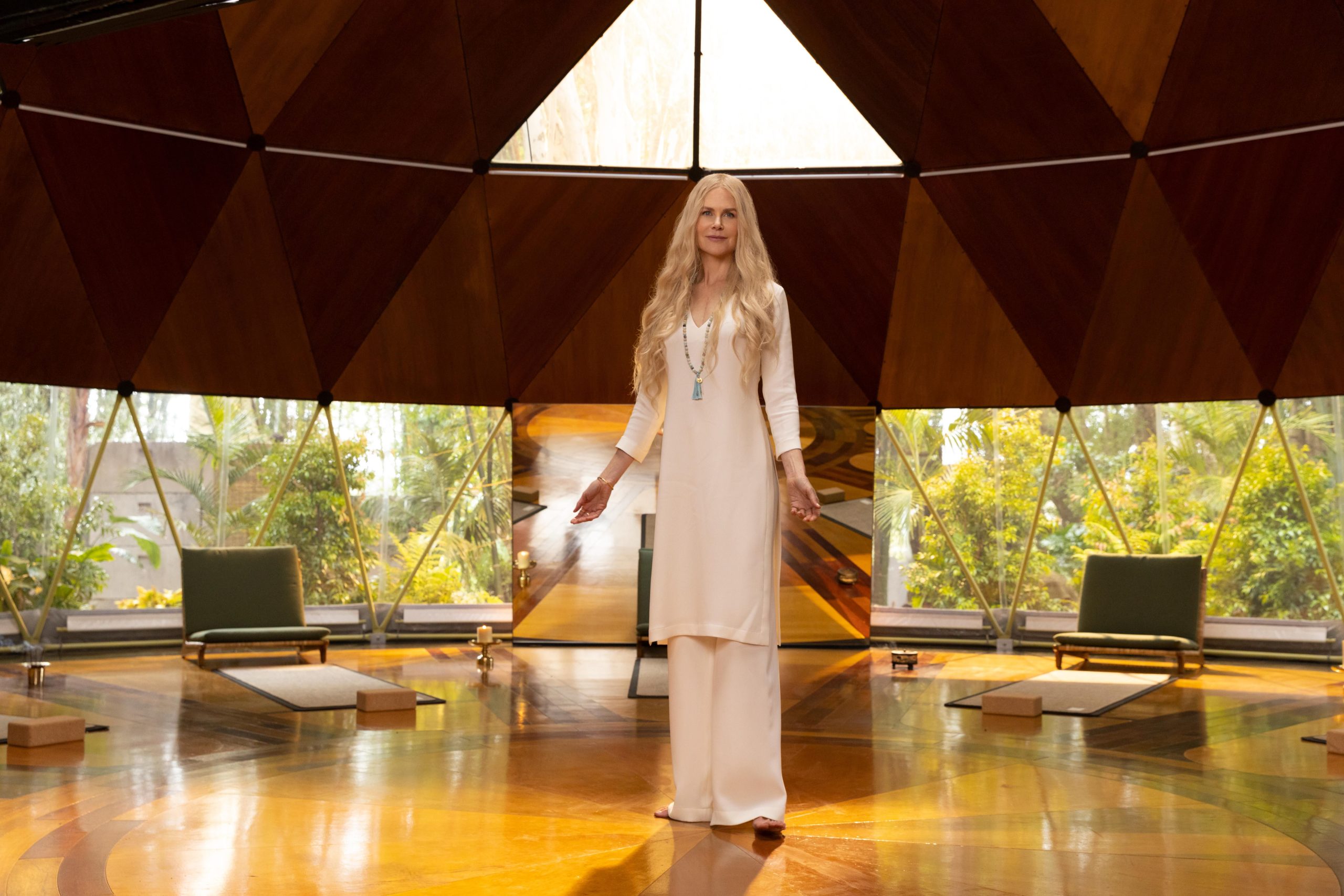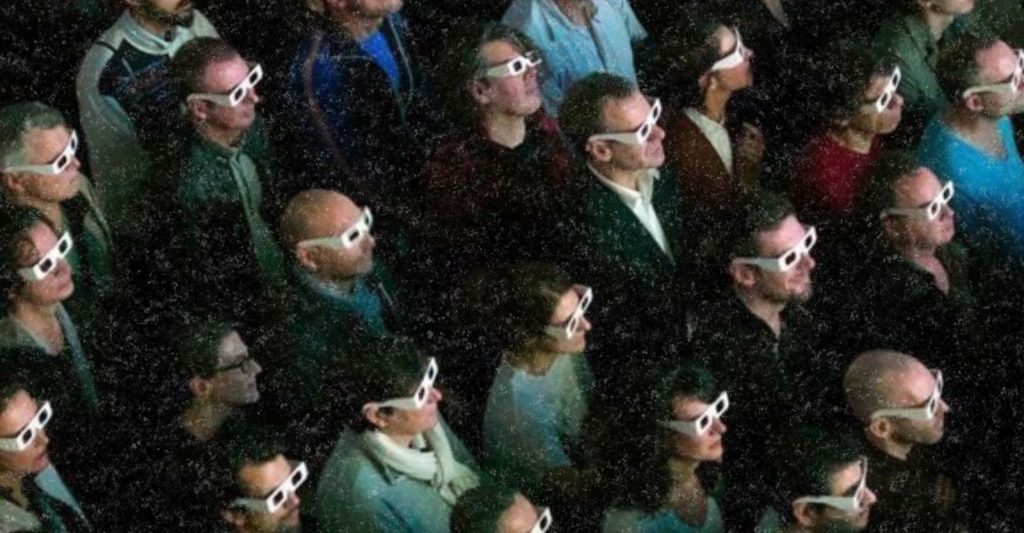
Performative Wellness: What Happens When We Commodify Ourselves
The fitness and wellness industry has become a bastion for elitism. Let’s start with the fact that so many fitness clubs, gyms and boutique studios are expensive, which can make them inaccessible to people of lesser socioeconomic means. They’re also typically located in affluent areas, which can make them feel intimidating or unwelcome to people from other backgrounds. The industry also uses marketing that promotes an unrealistic and unattainable standard of fitness and beauty. Doing yoga or meditation has become nearly synonymous with a super-fit looking (usually white) individual in expensive lululemon apparel pursuing their best self in a pristine, almost sterile setting. (Let’s also not ignore the co-opting of culture.)
Not surprisingly, this can make most people who don’t feel they fit that standard feel like they don’t belong. The attitudes of staff at the facilities can make things worse if you don’t look and act the part of the ideal demographic, and this can make it difficult for people who don’t fit the mold to feel comfortable and welcome in fitness spaces.
In this elite club, it matters more how you look than what you actually do, or even how you actually feel. We are in an age of performative fitness (and hopefully shifting away from it). From the form-fitting clothes that enhance your physique to the plastic surgery procedures that more permanently shape your form, we have figured out ways to engineer the appearance of fitness, whether we have achieved it or not. Somehow, we have taken the “work” out of “working out.” I see this almost every time I am in the gym. From the woman who after a minute on the elliptical, gets off and spends 20 minutes or more looking for the best lighting for a mirror selfie, to the guy who sits with headphones on and barbells at his feet, listening to music or a podcast while the weights to be lifted remain on the ground for 15 or more minutes.
We are “spending time at the gym” but we’re not really doing much with it.
Of course, for many people, looking fit is exactly what they are doing, and what they mean to do. A generation of online influencers and evangelists have turned fitness and wellness into a cash cow for gaining likes and followers. These range from the innocent female influencers reveling in the attention that showing off their bodies allows, even if large portions of their followers are just creepy, anonymous men, to those who have figured out how to actually supplement their incomes by accessing the wallets of these onlookers through sites like Only Fans. Whatever the exact motivation, participants are making largely transactional choices, and they are paying the price for it themselves too, even if they may not realize it. To be clear, I’m not “hating on” these people. I’m just making some observations, and perhaps some correlations.
As a result, these fitness influencers and enthusiasts have become focused on another type of fitness: fitting in. In the effort to cash in on other influencers’ successes and give their followers what they want, they have become copy and paste versions of others and artificial versions of themselves. They have effectively turned themselves into commodities, and when you turn yourself into a commodity, you become a somewhat exchangeable item. And when you do that, you deplete yourself, and you also lose your sense of connection with other people.
Think about it: do you really spend any time getting to know someone when you’re just transacting with them? When you are just a momentary blip on their social media feed? And this goes not only for the influencers themselves but also for their boyfriends or girlfriends (or partners of any sorts) who are shooting the footage and engaging in a compromising accessory role similar to the one Woody Harrelson’s character faced in the film Indecent Proposal when he went along with the proposal made by Robert Redford’s billionaire characters proposal to essentially commodify his wife.
For those converted into commodities by themselves and others, it becomes all too easy to evaluate yourself in the terms of a commodity: “People only value me when they like the way I look or are entertained by what I am doing.” And if you decide to buck this logic, you can also pay. Female influencers often experience a dip in their followers when they reveal the existence of a real-world boyfriend or partner. They removed the fantasy that entices so many of their followers, and thus their reason for watching. (My apologies for my hetero-normative lens, but it occurs for all sexualities in context.)
Are we contributing to our own sense of profound loneliness and anxiety by doing these types of things, by turning ourselves into a commodity even in spaces like the gym where we should be pursuing our better selves in the name of overall “wellness”? Are we serving companionship or isolation? I think there was a moment, however brief, after the Covid pandemic relented and people went back to business as usual where we realized just how much real-world social interactions matter to our mental health and well-being. Then we went right back to our online transactional relationships, our social media feeds, our hyper-consumption and hyper-capitalism.
We’ve put so much effort into shaping our public personas online and yet grown so lazy about making friends, finding partners, and making actual human connections. We treat finding friends and dating partners like we are ordering a good from Amazon or a meal from Uber Eats. And as a result, we are only creating more barriers for us to have what we truly want. Imagine this: Are “we” getting in our own way of what we truly want by following what “works” or “worked” for others to achieve some success we perceive? OR are we giving ourselves what we truly, actually want – and what could you do differently and incrementally to adjust for a different outcome?
Note: Financial Times: Why the rich fall for the cult of wellness






